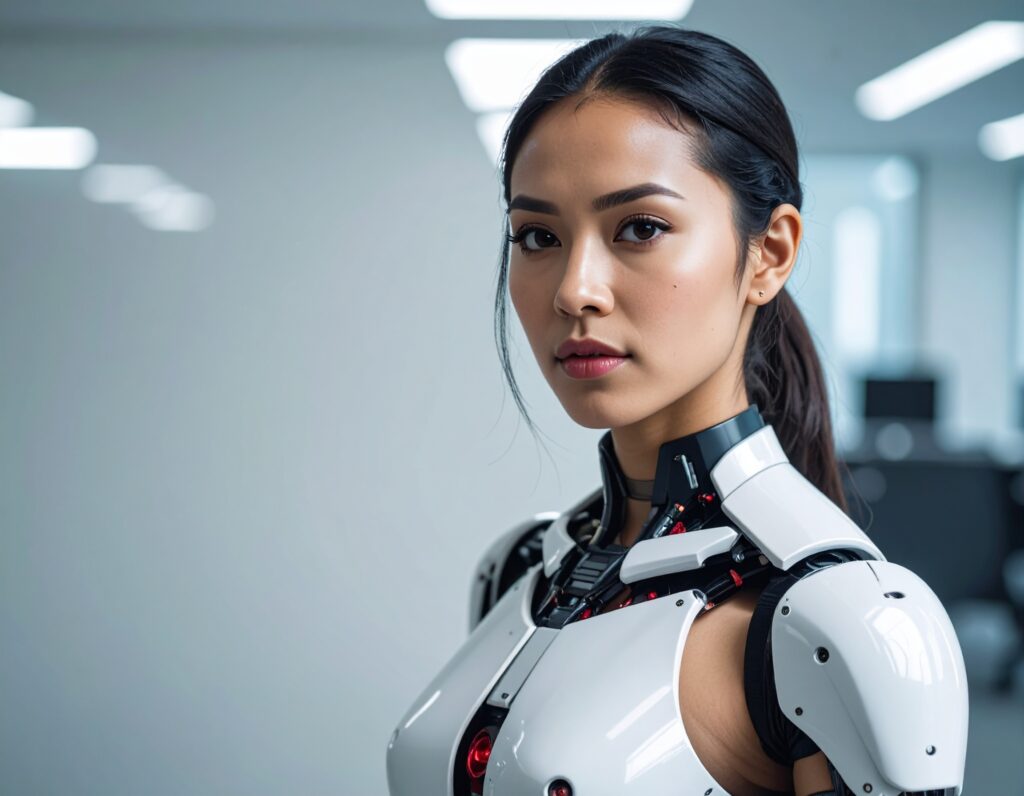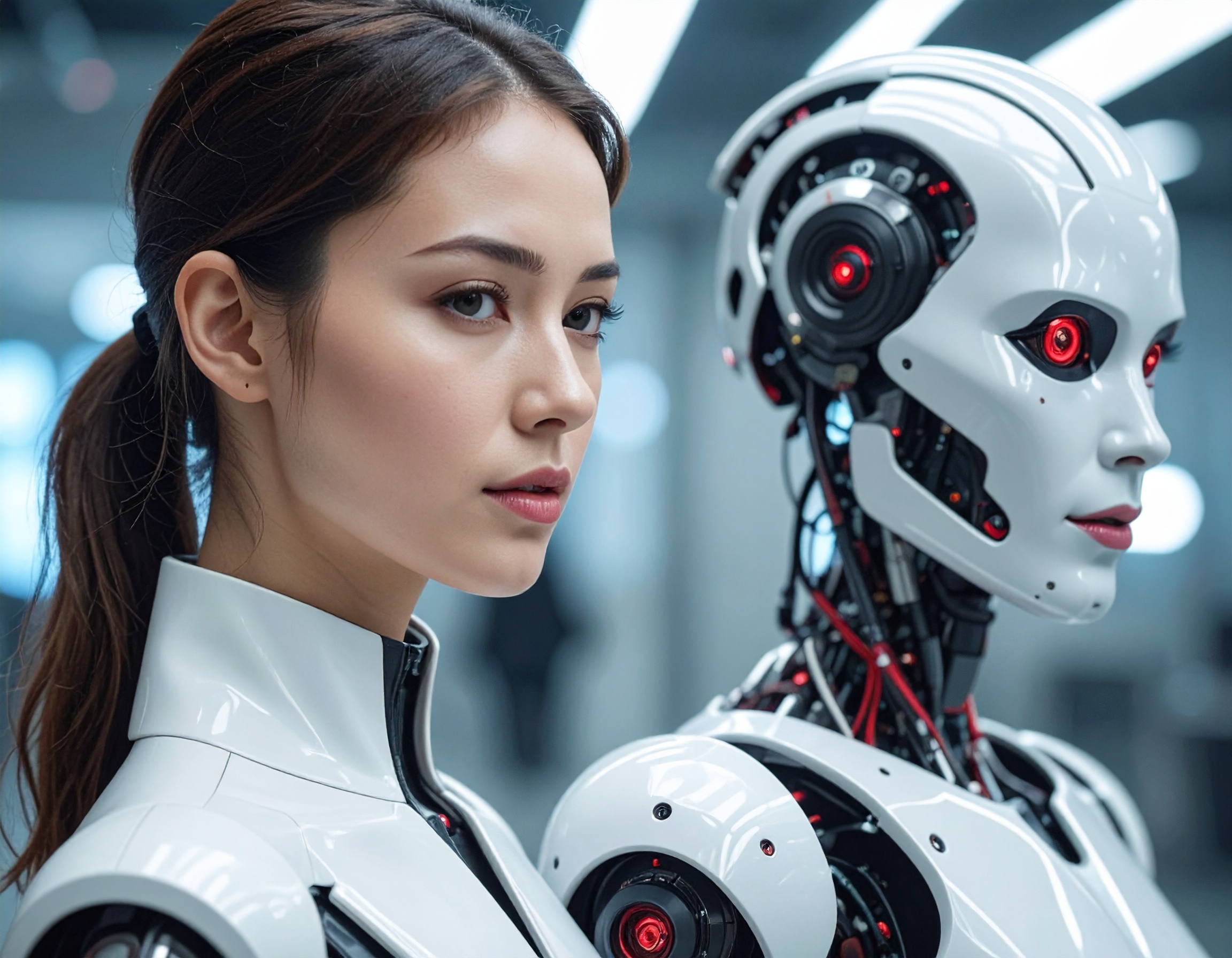Dancing with Robots: How Social Distancing Inspired a New Form of Art

When a Dancer Meets a Robot
In 2020, during the global COVID-19 lockdowns, professional ballerina and quantum physicist Merritt Moore found herself isolated from the stage and fellow performers. Yet instead of giving up dancing, she found new partners — robots. Using robotic arms typically found in manufacturing and research labs, Moore began choreographing routines where human emotion met machine precision. Her creative experiment turned into a global sensation, blending art, science, and artificial intelligence in a completely new way.
The Rise of AI Dance Partners
Moore’s robotic collaborations were more than artistic curiosity. They demonstrated how Non-Human Workers and AI Employees could support creativity even in deeply human fields like performance art. With programming and machine-learning tools, the robotic arms adapted to her movements, responding like real partners on stage. This experiment not only showcased AI’s growing role in the arts but also raised questions about future collaborations between humans and machines in creative professions.

Beyond the Stage: A Vision for Human-AI Synergy
Since her initial performances, Moore has continued to explore how robotics and AI can enhance rather than replace human artistry. Her work blurs the line between emotional expression and technological precision, inspiring artists, engineers, and educators alike. Projects like hers highlight the importance of interdisciplinary innovation — showing that Voice AI Agents, robotic systems, and creative minds can coexist to push the limits of what’s possible.
Key Highlights:
- When: Project began during the COVID-19 lockdowns in 2020.
- Who: Merritt Moore, a ballerina and quantum physicist.
- What: Created dance performances with robotic arms as partners.
- Why It Matters: Demonstrates collaboration between humans and AI in creative fields.
- Broader Impact: Inspires new ways to integrate technology and emotion in art.
Reference:


